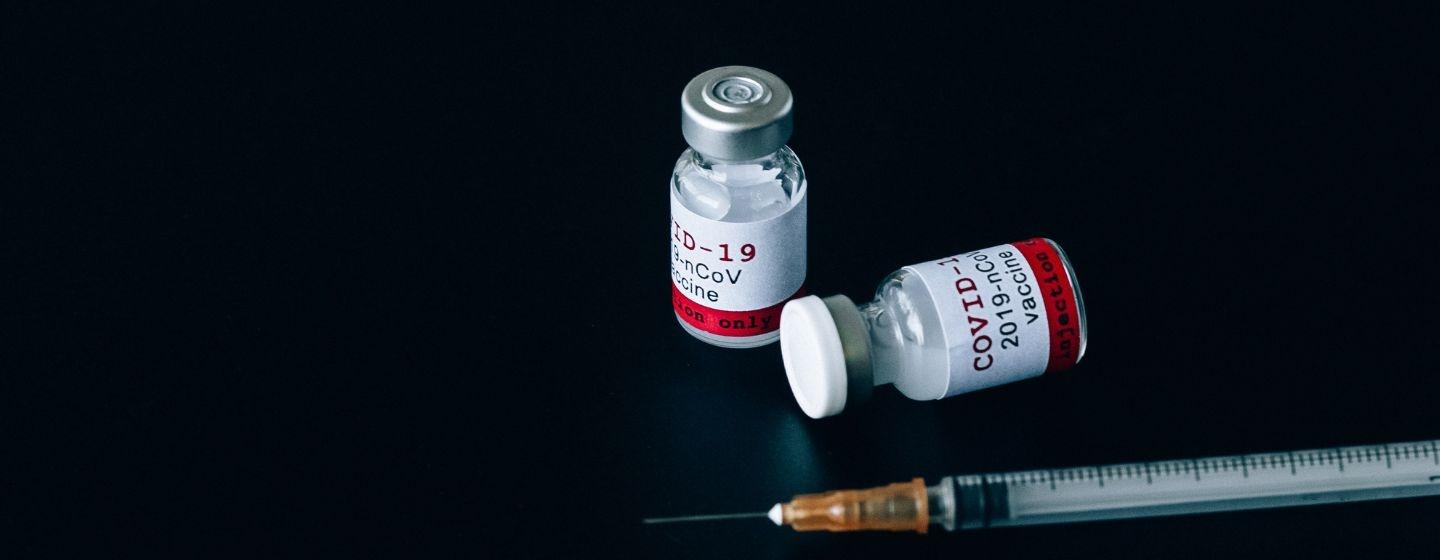Human Trials Start This Year on Duke’s Combo Coronavirus Vaccine


The creation of what is called a pan vaccine—one shot offering protection from multiple viruses—has been a goal for scientists and public health officials since the early days of the COVID-19 pandemic. The hope is that the availability of a safe, easy and convenient combo vaccine would increase the number of people getting the shot. More vaccinated people would thus improve public health, reducing the number of deaths from current COVID-19 variants and lessening the chances of another outbreak because more people would have built up immunity.
Recently, in an article in the journal Cell Reports, researchers at the Duke Human Vaccine Institute (DHVI) say they have created such a vaccine and have shown success with it in mouse studies. Human vaccine trials are next.
“We are making important progress towards a broadly protective coronavirus vaccine,” said Kevin Saunders, Ph.D., associate director of the institute. “These are pathogens that cause or have the potential to cause significant human infections and loss of life, and a single vaccine that provides protection could slow down or even prevent another pandemic.”
Researchers say the single nanoparticle vaccine included components of an earlier vaccine that protected mice and primates against multiple variants of SARS-CoV-2, the virus that causes COVID-19.
The DHVI team built the trivalent vaccine using a nanoparticle loaded with a key fragment called a receptor-binding domain that was taken from each strain of the coronaviruses. Think of the fragment as a docking site on the virus that enables it to infiltrate the body’s cells.
When the fragment is used this way, it provides enough information for the body’s immune cells to build an effective response against actual coronaviruses from those strains entering the body.
In earlier studies in mice and primates, researchers found the first versions of the nanoparticle vaccine were effective against multiple SARS-CoV-2 variants. The current study expands the components of the vaccine to include an additional SARS-related virus and a virus that causes Middle East Respiratory Syndrome, or MERS.
In lab studies and in studies involving mice, researchers found the vaccine generated immune molecules called antibodies against all three pathogenic human coronavirus types. Most important, the vaccinated mice did not get sick when exposed to either SARS-like or MERS-like viruses.
Human tests are now planned for a version that carries immunogens to different SARS-CoV-2 strains, including those that have dominated since the original outbreak in late 2019 that then spread throughout the world.
Tens of millions of people around the world were confirmed to have been infected by multiple strains of the COVID-19 virus. The virus killed millions more. It also devastated the world’s economy.
“This study demonstrates proof-of-concept that a single vaccine that protects against both SARS and MERS viruses is an achievable goal,” said Saunders. “Given that one MERS and two SARS viruses have infected humans in the last two decades, the development of a universal coronavirus vaccine is a global health priority.”